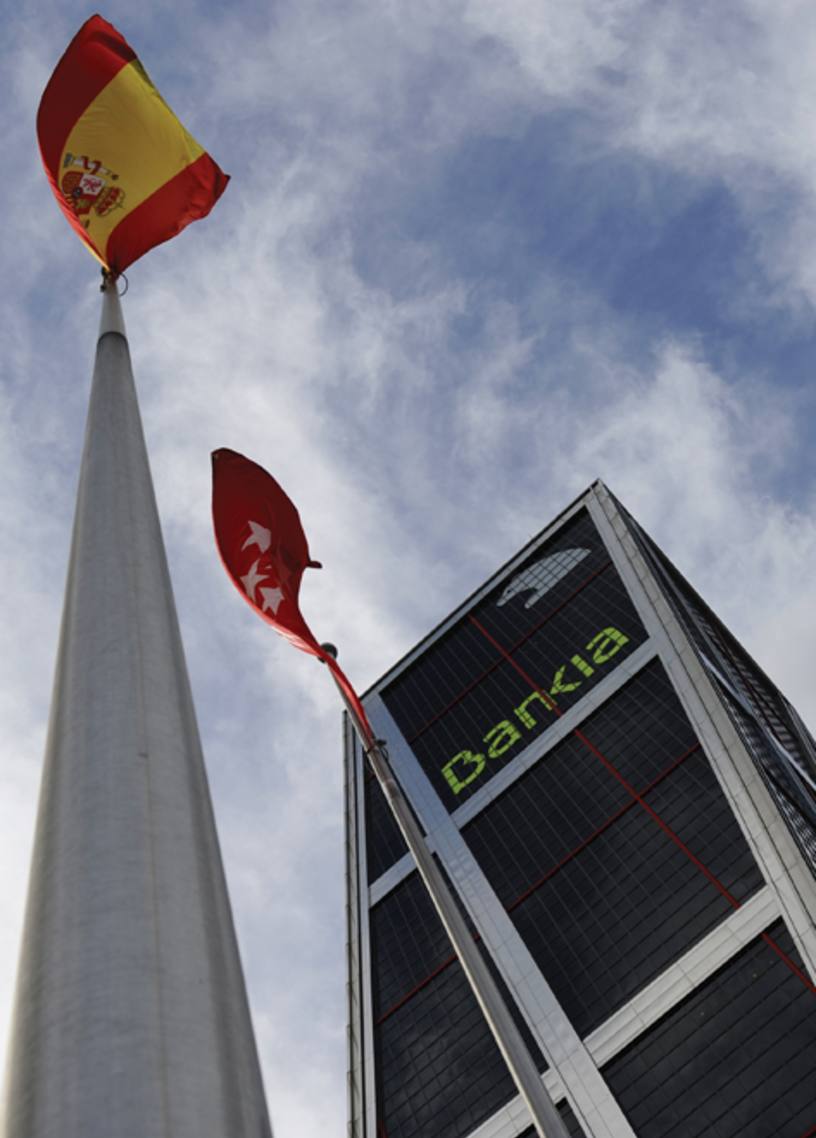The magnitude of Spain’s banking crisis was brought home on May 7, 2012, when the government moved in on banking conglomerate Bankia – which holds 10% of Spanish deposits – by converting €4.46bn of the group’s preference shares into voting shares, thus taking a 45% stake in the group. This came after accountancy firm Deloitte identified a €3.5bn shortfall in the valuation of parent company Banco Financiero y de Ahorros (BFA), which held more than €30bn of problem real estate loans at the end of 2011.
Bankia’s de facto nationalisation reveals the extent of the damage done to the bank’s credibility following the collapse of the Spanish property sector and with it the implosion of the savings banks sector – known as cajas – which account for 50% of the country's financial system. BFA was itself born of an ill-starred attempt to restore stability by merging several cajas – all of which held vast amounts of impaired loans on their books – under the umbrella of the giant Caja Madrid.












